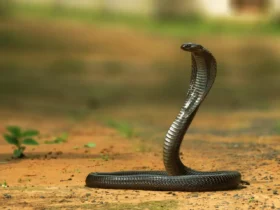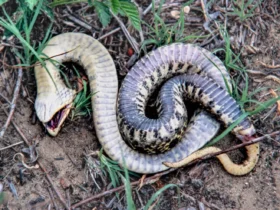In a lion pride, typically only one adult male lion can become the leader and head of the pride, and it also has the right to reproduce and lead, hence they are often referred to as the “lion king”.
However, in field observations, biologists often find that there are different male lions of various ages and sizes coexisting within the same lion pride. This has led to questions about whether the new and old lion kings can coexist peacefully within the same lion pride.
Lions are the only social species of large cats, which gives them a high success rate in hunting large ungulates. Hunting in groups also means a greater food demand, which creates pressure and motivation for lions to hunt larger prey.
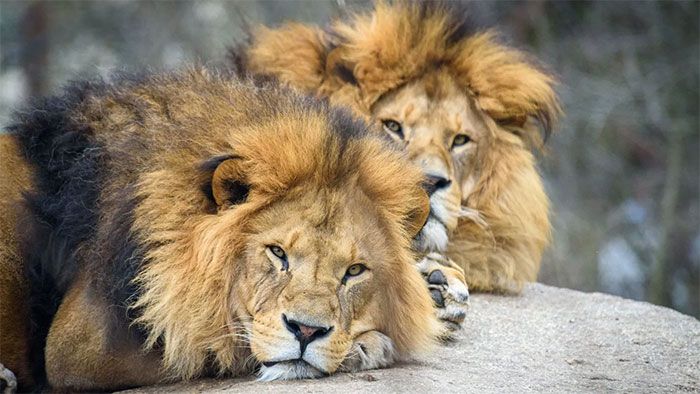
Structure of a lion pride
Lions typically form a pride with the lion king as the core, and many believe that there is only one lion king in a pride. However, in reality, a lion pride can have one to three adult male lions, and they can all be referred to as “lion kings”. Other male lions approaching adulthood will be expelled from the lion pride or they will form their own “nomadic lion” groups.
This social structure appears to be quite stable in field observations and effectively maintains the stability and order within lion groups. The most impressive aspect of lions is their tendency to live in prides, where multiple males can be present, unlike tigers, for example, where male and female tigers typically live independently. In reality, male and female lions only coexist in the grasslands of East Africa. Most wildlife documentaries are filmed in this region. In Southern Africa, West Africa, and parts of Asia, lions usually live in separate male coalitions and separate female groups.
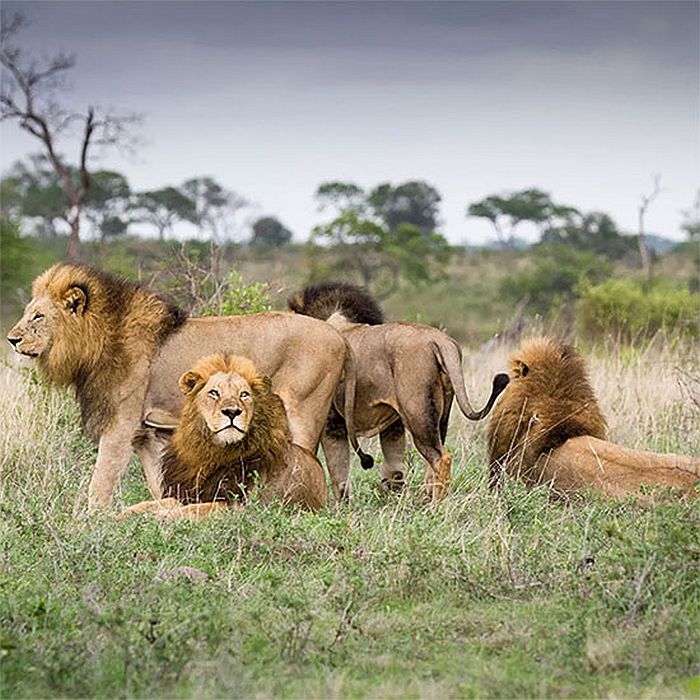
Lion behavior
Lions are a typical large cat species with many behaviors similar to other cats. For example, they are nocturnal animals and often hunt during dusk and dawn.
Lions always occupy the top of the food chain and often hunt large prey such as buffalos, zebras, and antelopes. In a lion pride, lionesses are responsible for hunting, and the lion king is the first to eat from the captured prey. Adult lions may mark a portion of their initial territory for their offspring and younger male lions, and those who are expelled from the pride upon reaching adulthood will often form alliances and establish their own prides.
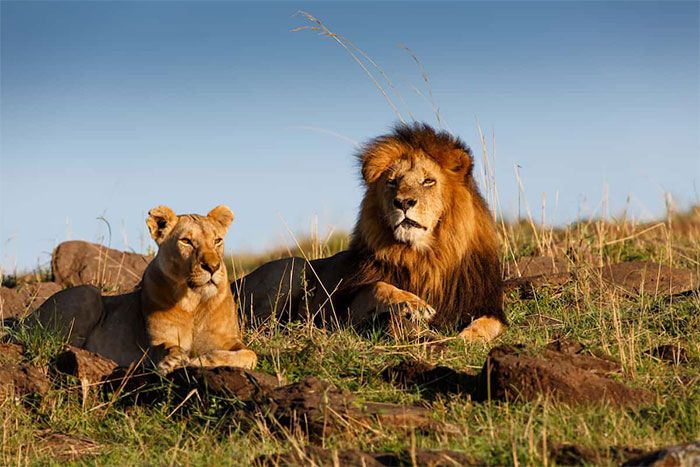
Competition among male lions
In the social structure of lions, the competitive relationship between different male lions is fierce. Lionesses usually choose to mate with the strongest male lions to ensure better genetic traits for their offspring.
As a result, the males within a pride often compete and fight for reproductive and leadership opportunities. This type of competition is common in field observations, and many male lions get injured or killed in battles with other male lions. Big cats initially lived in forests, but lions later moved to the open grasslands of Africa, which provided a more open habitat. This open environment helped bridge the gap between animal species and benefited the enhancement of social nature in animals.
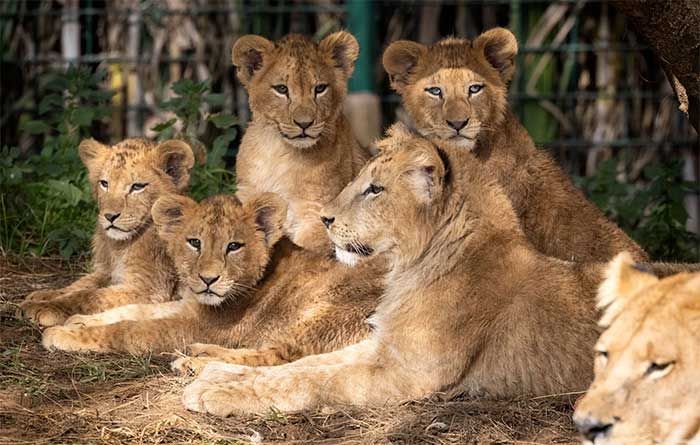
Possibility of coexistence between the new and old lion kings
Considering the social structure, behavioral habits, and competitive relationships mentioned above, it can be concluded that the new and old lion kings cannot coexist peacefully within the same lion pride.
Firstly, the social structure and competitive relationships of lions dictate that only the new lion king has the right to reproduce and lead. If the current lion king is still alive, the new lion king can only gain these rights by defeating it.
This kind of competition can result in lions getting injured or killed, negatively impacting the stability and survival of the entire lion pride. The defeated lion king can only leave the original pride to find its own way to survive.
Secondly, even if the new lion king successfully defeats the old lion king, it is not

